
Mountains are a major, even primary , tourism resource in China, Bhutan, Nepal, India, South Korea, Japan, Taiwan, Sri Lanka, and several Central Asian countries that were formerly part of the Soviet Union.
Sacred Mountains of China
In China, mountainous regions cover two-thirds of the total land area. China also possesses 7 of the world's 12 highest peaks, exceeding 8,000 meters above sea level.
Famous mountain ranges in China include the Himalayas, Kunlun Mountains, Tian Shan Mountains, Qinling Mountains, Greater Khingan Mountains, Taihang Mountains, Qilian Mountains, and Hengduan Mountains. These mountains are not only natural heritage sites but also hold a treasure trove of cultural heritage spanning thousands of years.
For example, the Four Great Sacred Mountains are four sacred mountains of Chinese Buddhism, including Mount Wutai, Mount Jiuhua, Mount Emei, and Mount Putuo. These mountains are extremely special not only because they are beautiful but also because they are sacred, attracting Buddhist followers from all over the world.

Mountain tourism in China is very well-organized. It starts with strategic planning. Secondly, China does an excellent job of preserving both the natural and cultural heritage associated with its mountains. Thirdly, the government takes the lead in investing in infrastructure for mountain tourism, including roads, transportation, and the overall infrastructure of the entire tourist area.
This ensures optimal efficiency and avoids opportunistic pursuit of pure profit. After the state invests, businesses and individuals participate in business activities according to specific assignments and responsibilities, in accordance with the law.
A clear example can be seen in the development of tourism in the Hengduan Mountains. This mountain range is located in the southeastern part of the Qinghai-Tibet Plateau. It lies within the territories of Sichuan, Yunnan provinces and eastern Tibet Autonomous Region.
The Hengduan Mountains cover an area of over 600,000 square kilometers, with a landscape interspersed with high mountain peaks, canyons, and deep valleys, along with rivers including the four major Asian rivers: the Irrawaddy, Salween, Mekong, and Yangtze.

The environment in the Hengduan Mountains is very diverse, including grasslands, forests, wetlands, glacial lakes, and glaciers. Due to its rich and isolated habitat, many rare and endangered plant and animal species can be found in this mountainous region.
At the same time, there is also a cultural diversity of more than 20 ethnic minority groups living in villages and hamlets. The Hengduan Mountains have world-famous scenic spots such as Jiuzhaigou Valley National Park, Yading Nature Reserve in Daocheng, Shangri-La city, and Potatso National Park…
Many tourist destinations in the Hengduan Mountains have had conservation policies in place for decades, even during a time when the region faced significant economic difficulties. Jiuzhaigou is a prime example; despite being discovered in 1974, it has retained its pristine natural beauty, surviving even major earthquakes.
From Chengdu, visitors can take a high-speed train to near Jiuzhaigou. In Yading, visitors can fly; the airport in Daocheng County, opened in 2013, was then the world's highest civil airport (at an altitude of 4,411m). Both Chengdu and Kunming have large international airports with many flight routes to countries in the region and further afield.
Environmental protection laws
South Korea is also a country where 70% of the land is mountainous. Therefore, they also focus on developing mountain tourism. However, South Korea places great emphasis on environmental development, so hotels are almost never allowed to be built on about 80% of the country's mountains.

It wasn't until 2013 that South Korea allowed the construction of environmentally friendly cable cars. After that, they permitted the construction of pedestrian bridges and glass bridges to attract mountain tourists, but safety and environmental protection had to be ensured.
South Korea has also developed ski resorts on high mountain peaks to ensure that even in winter, it still attracts many tourists to enjoy mountain skiing. Currently, South Korea has 12 famous resorts located in areas specializing in serving skiers on high mountain peaks during winter.
Countries have clearly recognized that, in order to develop sustainable mountain tourism, in addition to strict conservation efforts, certain barriers are needed during peak tourist seasons.
In Japan, the number of tourists visiting Mount Fuji after the pandemic was overwhelming, with over 220,000 visitors in just three months of the climbing season. This surge was accompanied by a huge amount of waste left behind by tourists along the climbing routes, as well as traffic congestion…
Therefore, they decided to impose restrictions starting July 1, 2024, the start date of the new climbing season. The Mount Fuji climbing route will still maintain three free-entry routes. However, the Yoshida trail, which starts from Tokyo and is relatively easy to navigate and is usually chosen by about 60% of climbers, will be restricted.
Japan currently allows a maximum of 4,000 climbers per day on the Yoshida Trail, charging a fee of 2,000 yen per person (approximately $12). Japan was also the first country to implement an online booking service for this climbing route, due to concerns about safety and environmental impact on Japan's highest mountain.
In Bhutan, a Himalayan nation, there is a policy of charging a fee per visitor to mitigate negative environmental impacts. Initially, they charged $65 per person per day, then increased it to $200 per person per day, and from 2023 onwards, it was reduced to $100 per person per day. Bhutan is always wary of the impact of mass tourism and prohibits mountain climbing to protect the sanctity of its peaks…
To drive the growth of the tourism industry from mountain resources, a sound tourism development policy is essential.
Source: https://baoquangnam.vn/du-lich-tu-tai-nguyen-nui-3142431.html



![[Photo] Closing Ceremony of the 10th Session of the 15th National Assembly](/_next/image?url=https%3A%2F%2Fvphoto.vietnam.vn%2Fthumb%2F1200x675%2Fvietnam%2Fresource%2FIMAGE%2F2025%2F12%2F11%2F1765448959967_image-1437-jpg.webp&w=3840&q=75)




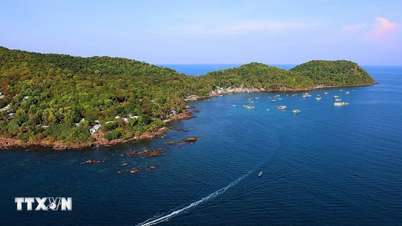

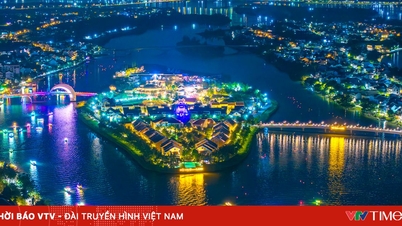









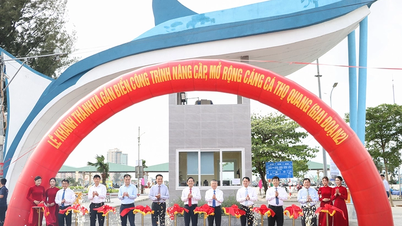




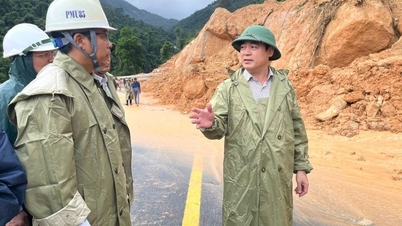
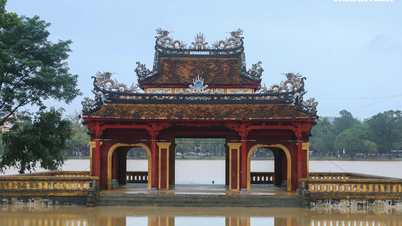






![[OFFICIAL] MISA GROUP ANNOUNCES ITS PIONEERING BRAND POSITIONING IN BUILDING AGENTIC AI FOR BUSINESSES, HOUSEHOLDS, AND THE GOVERNMENT](https://vphoto.vietnam.vn/thumb/402x226/vietnam/resource/IMAGE/2025/12/11/1765444754256_agentic-ai_postfb-scaled.png)
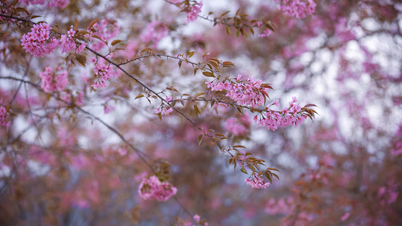

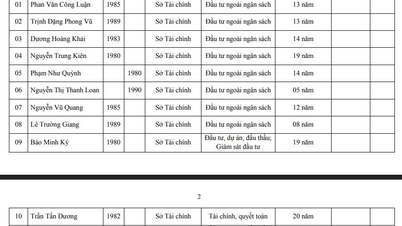




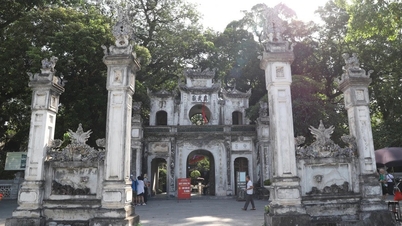



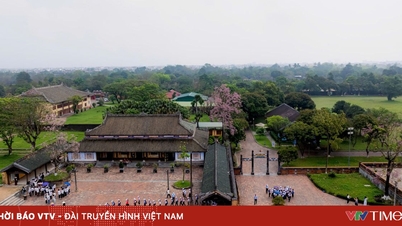



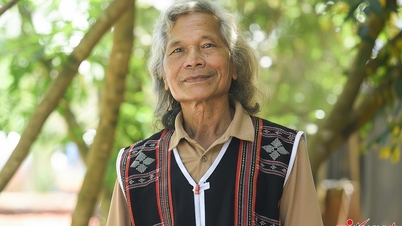





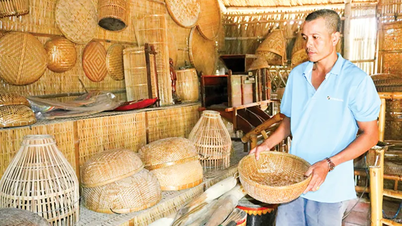















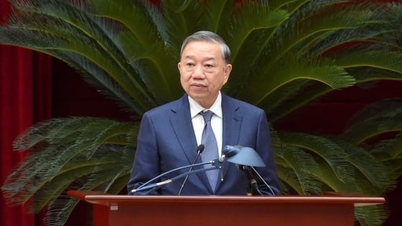



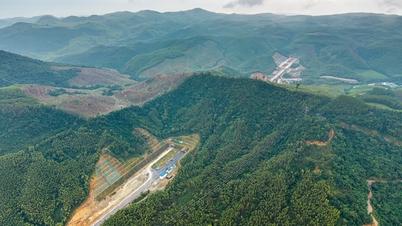



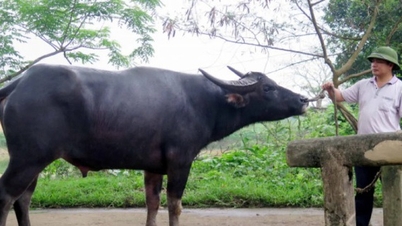





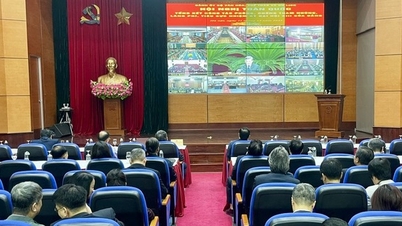



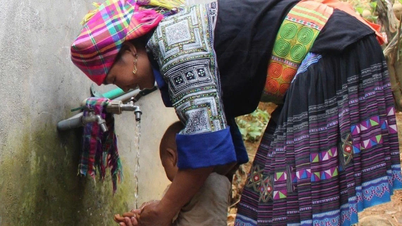



















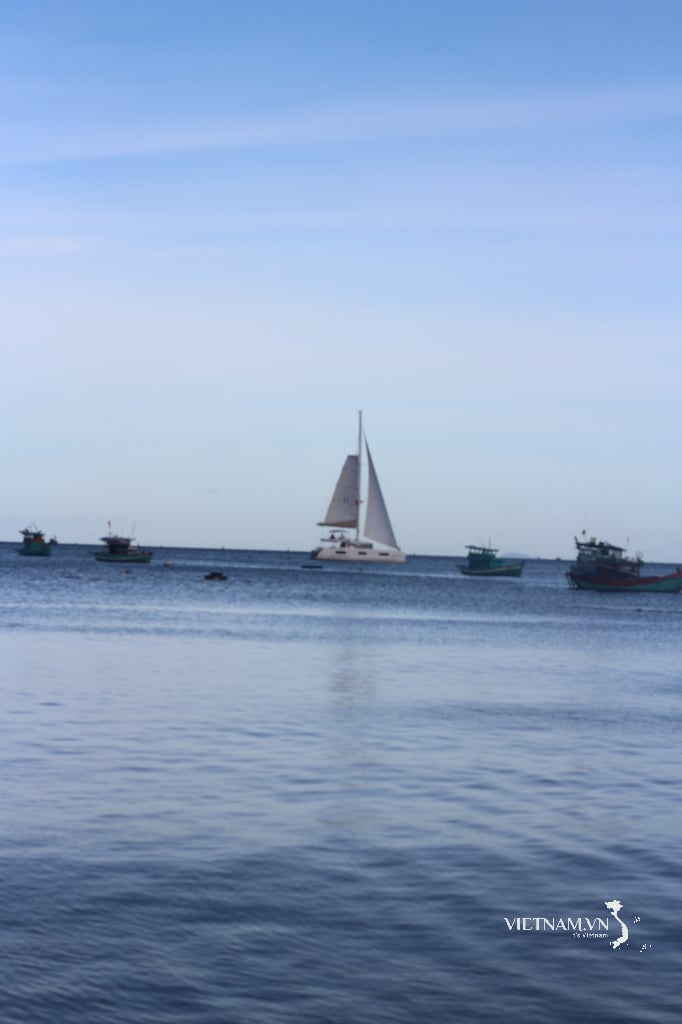
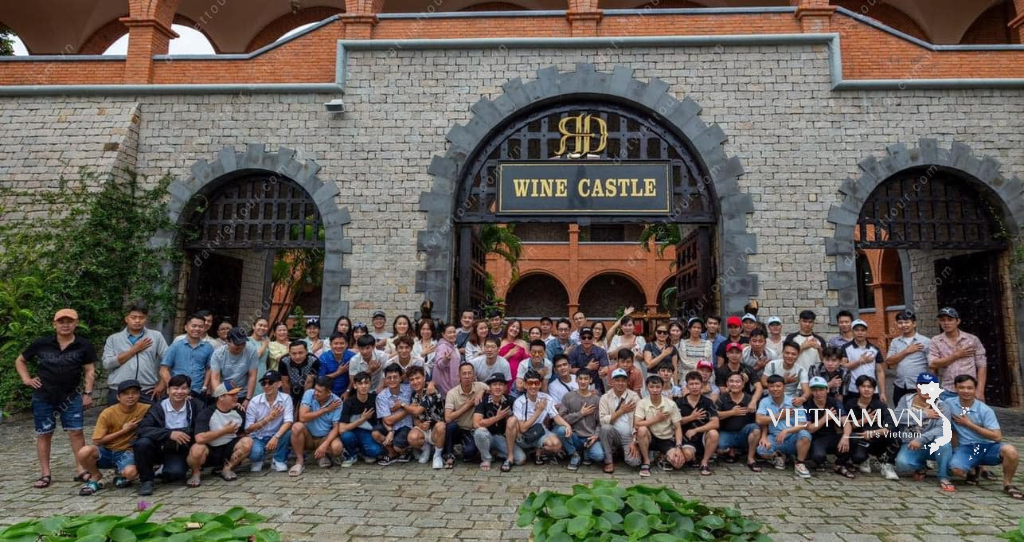

Comment (0)